
|
HOME |
TEACHING |
PRONUNCIATION |
Prepare for Discussion |
Extend Your Discussion |
I was Teaching Resources Manager at the English Language Centre, Hove, from January 1991 to November 1996, when a fast-moving car jumped a STOP sign, knocking me off my moped and finishing my career.
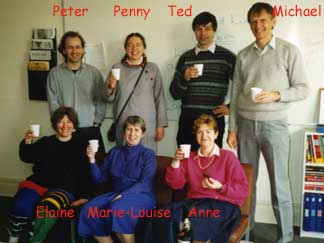
The post involved general English Language teaching, maintaining the materials on the main intensive course, building up the self-access centre and supervising daily self-study sessions open to all our students.
The English Language Centre in Brighton & Hove first opened its doors in 1962 and I first taught at the school in summer 1978. From January 1991, in addition to general class teaching, I managed the ELC's first self-access centre open to all the school's students after their formal classes.
Rapid developments in educational technology meant that I had to procure new equipment for both the students and for resources management. Within a few years, schools exchanged machines such as the 64 K BBC Microcomputer for IBM-compatible PCs offering audio capabilities extending beyond the production of short bleeps.
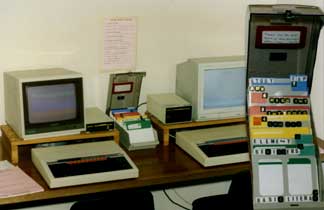
My first English language teaching appointment was in 1973 in a boys' secondary school located in Tiaret, Algeria - a gateway to the Sahara Desert. I was recruited by Voluntary Service Overseas under the auspices of the British Council to work for the Algerian Ministry of Education, which had an ambitious plan to promote English to take the place of French as the principal European language for educational development.
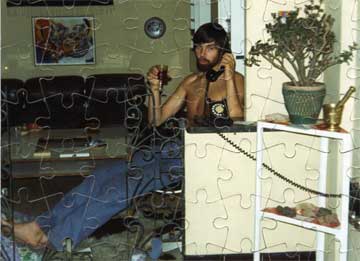
The post in Tiaret was an interesting one, because many of my Algerian pupils were barely literate in any language and depended on spoken Arabic (Berber) dialect for their communication needs. There was little scope for writing on the blackboard or use of translation, since basic literacy teaching would have been impossible with so many pupils and we did not share a common language in which to translate. These limitations necessitated "a direct method approach" i.e. teaching oral English through oral English alone.
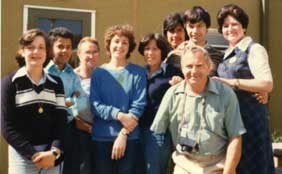
The 1970s saw significant developments in language teaching methodology. The training of teachers and curriculum developers gave added emphasis to the role of applied linguistics in language learning and teaching. Required reading now extended beyond phonetics, transformational grammar and grading and sequencing items for structurally-based language syllabuses to areas such as stylistic analysis, discourse function and semantics.
Speech Act theory was about to be popularized and applied to language teaching and course books adopting what came to be termed the Notional Functional approach were about to appear [see The Teacher's Book for Building Strategies, Brian Abbs and Ingrid Freebairn, Longman 1979].
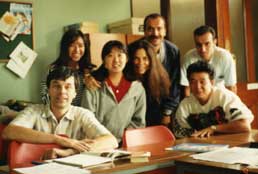
The real advance in the 1980s and 1990s, was neither CLT [Communicative Language Teaching] nor the fashion to dress up every piece of learning as a behavioural objective or task to be analysed ad infinitum.
By the time my teaching career came to an end in 1996, learner independence had really taken off and the advent of the Internet meant that a growing population of learners with home computers, based all around the world, could access reading and listening comprehension materials (e.g. newspapers and BBC radio broadcasts) from their homes. I was interested to discover that many teachers were producing special web sites to provide English language learners with new distance learning opportunities.
I am still adding to this site. After my teaching career ended, I was very active in my local residents' association, especially in authoring its website at www.roundhill.org.uk.
In 2024, I published two books for teachers and learners of English language:
1. Prepare for Discussion, which draws from 28 topics popular with learners during my teaching career, was published on 19th April 2024 and made available on Amazon as a 208-page paperback priced at £8.37.
2. Extend Your Discussion, focussing on 14 topics encountered during my long involvement with my local residents association, was published on 25th May 2024 and made available on Amazon as a 96-page paperback priced at just £5.25.
| UK | US | DE | FR | ES | IT | NL | PL | SE | JP | CA | AU |
| UK | US | DE | FR | ES | IT | NL | PL | SE | JP | CA | AU |
Ted Power
|
HOME |
TEACHING |
PRONUNCIATION |
Prepare for Discussion |
Extend Your Discussion |